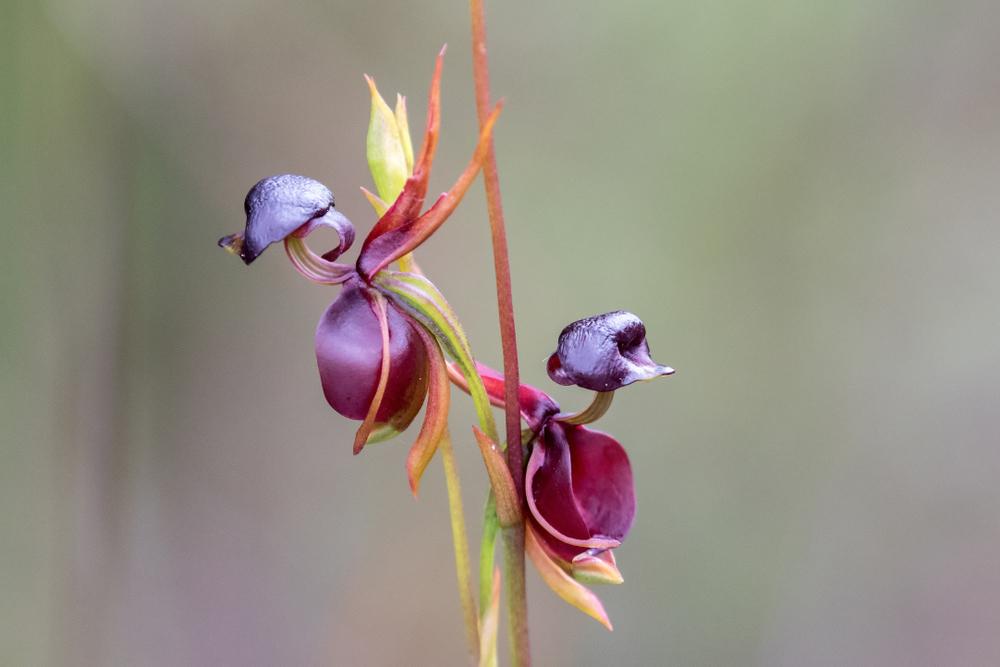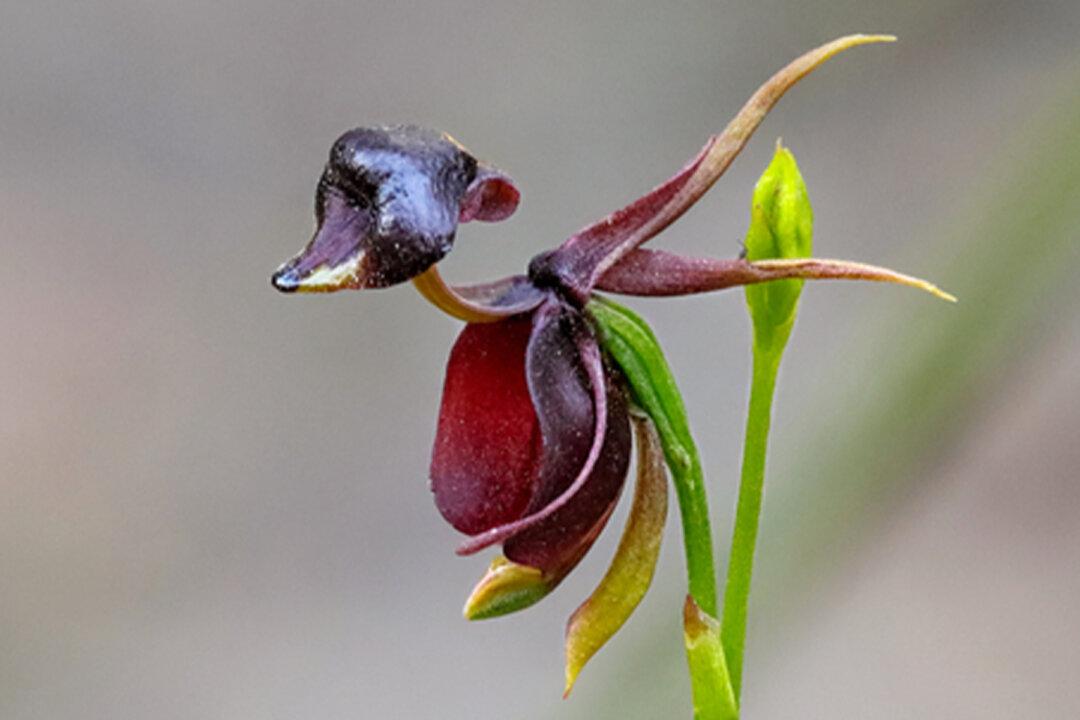One of nature’s greatest impressionists, the flying duck orchid is a bizarrely beautiful plant that boasts an impressive flower, resembling a duck in flight. Native to the Australian wilderness, these duck-like blooms have drawn a lot of attention.

Ken Griffiths/Shutterstock






